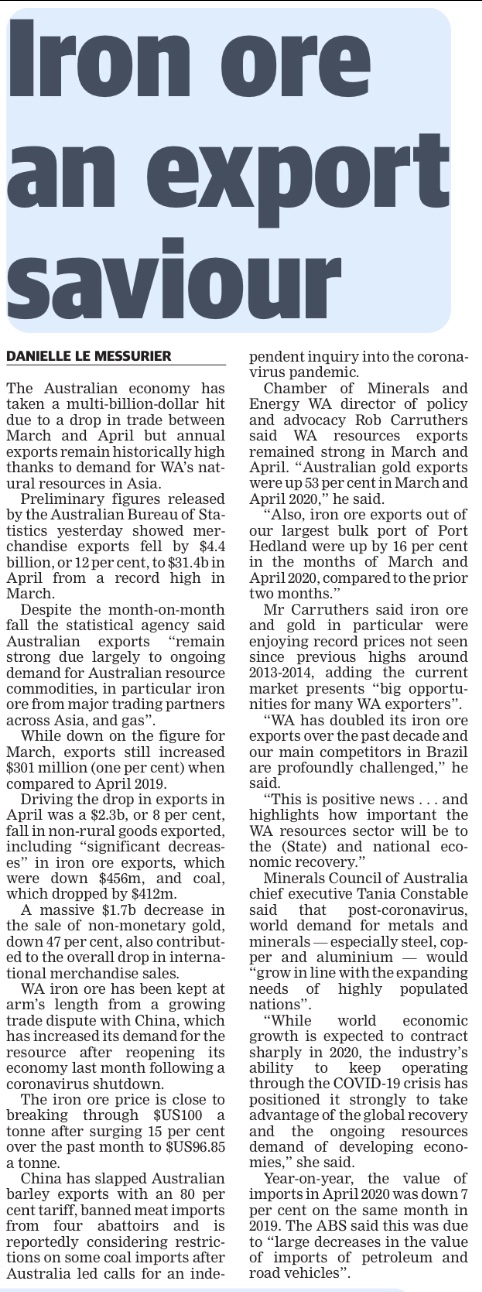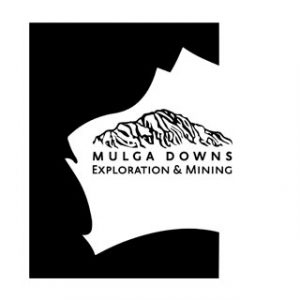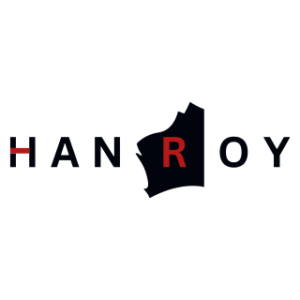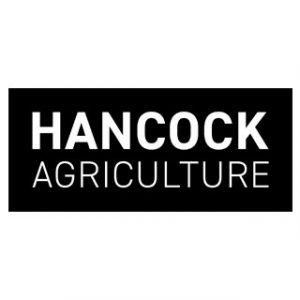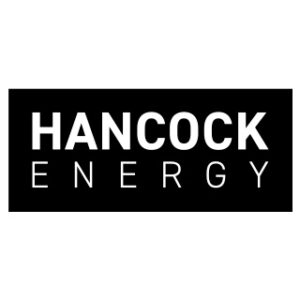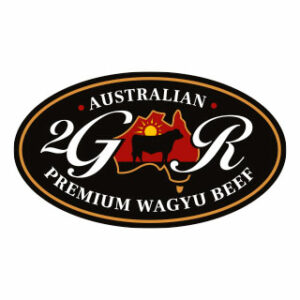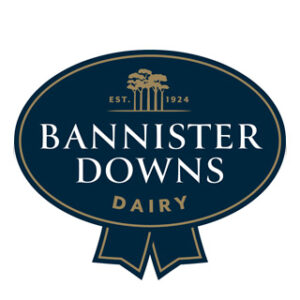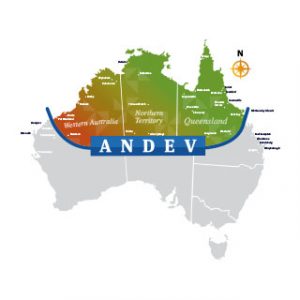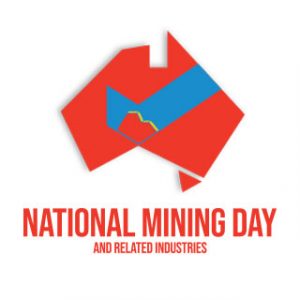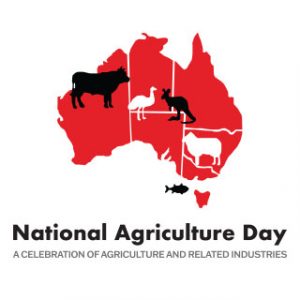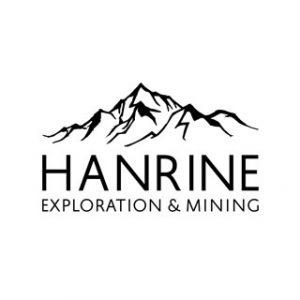Article by Danielle Le Messurier courtesy of The West Australian Newspaper
The Australian economy has taken a multi-billion-dollar hit due to a drop in trade between March and April but annual exports remain historically high thanks to demand for WA’s natural resources in Asia.
Preliminary figures released by the Australian Bureau of Statistics yesterday showed merchandise exports fell by $4.4 billion, or 12 per cent, to $31.4b in April from a record high in March.
Despite the month-on-month fall the statistical agency said Australian exports “remain strong due largely to ongoing demand for Australian resource commodities, in particular iron ore from major trading partners across Asia, and gas”.
While down on the figure for March, exports still increased $301 million (one per cent) when compared to April 2019.
Driving the drop in exports in April was a $2.3b, or 8 per cent, fall in non-rural goods exported, including “significant decreases” in iron ore exports, which were down $456m, and coal, which dropped by $412m.
A massive $1.7b decrease in the sale of non-monetary gold, down 47 per cent, also contributed to the overall drop in international merchandise sales.
WA iron ore has been kept at arm’s length from a growing trade dispute with China, which has increased its demand for the resource after reopening its economy last month following a coronavirus shutdown.
The iron ore price is close to breaking through $US100 a tonne after surging 15 per cent over the past month to $US96.85 a tonne.
China has slapped Australian barley exports with an 80 per cent tariff, banned meat imports from four abattoirs and is reportedly considering restrictions on some coal imports after Australia led calls for an independent inquiry into the coronavirus pandemic.
Chamber of Minerals and Energy WA director of policy and advocacy Rob Carruthers said WA resources exports remained strong in March and April. “Australian gold exports were up 53 per cent in March and April 2020,” he said.
“Also, iron ore exports out of our largest bulk port of Port Hedland were up by 16 per cent in the months of March and April 2020, compared to the prior two months.”
Mr Carruthers said iron ore and gold in particular were enjoying record prices not seen since previous highs around 2013-2014 , adding the current market presents “big opportunities for many WA exporters”.
“WA has doubled its iron ore exports over the past decade and our main competitors in Brazil are profoundly challenged,” he said.
“This is positive news . . . and highlights how important the WA resources sector will be to the (State) and national economic recovery.”
Minerals Council of Australia chief executive Tania Constable said that post-coronavirus , world demand for metals and minerals — especially steel, copper and aluminium — would “grow in line with the expanding needs of highly populated nations”.
“While world economic growth is expected to contract sharply in 2020, the industry’s ability to keep operating through the COVID-19 crisis has positioned it strongly to take advantage of the global recovery and the ongoing resources demand of developing economies,” she said.
Year-on-year, the value of imports in April 2020 was down 7 per cent on the same month in 2019. The ABS said this was due to “large decreases in the value of imports of petroleum and road vehicles”.
